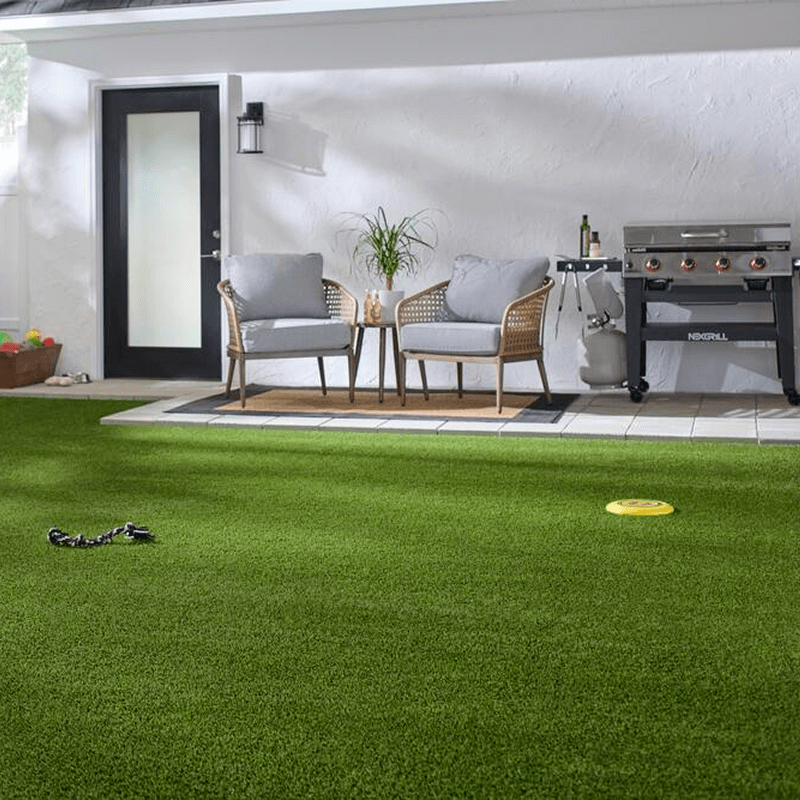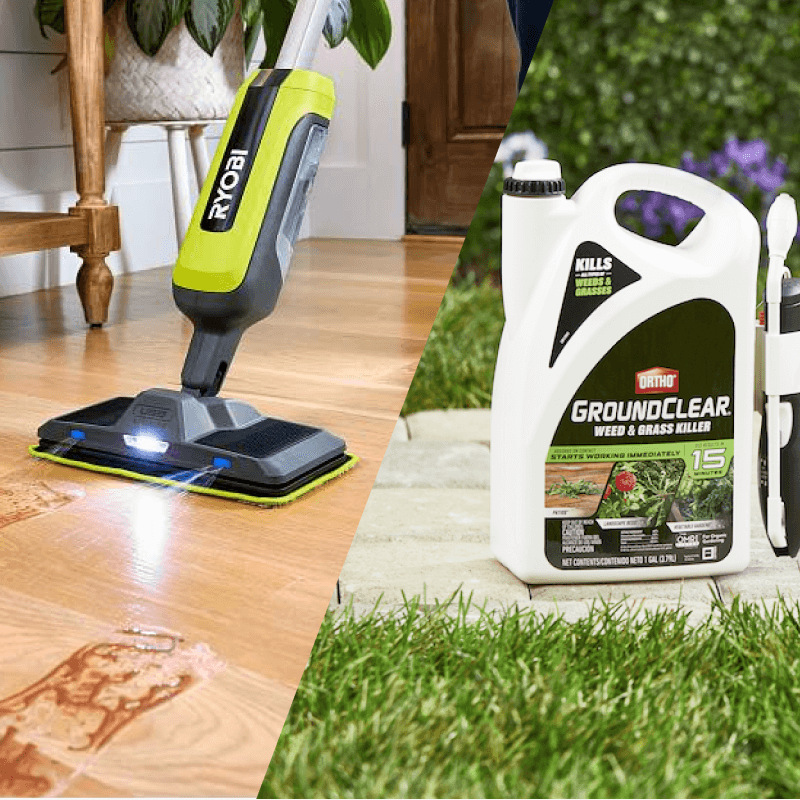During the late 1840s, Mathias Klein, a German blacksmith and locksmith, decided to make the adventurous move to the United States. Learning English on the go, Mathias arrived in Chicago ready to work hard and make a name for himself. More than 150 years later that name still stands with the family-owned business: Klein Tools. We sat down with Mat and Mark Klein to learn more about the company’s rich history and how 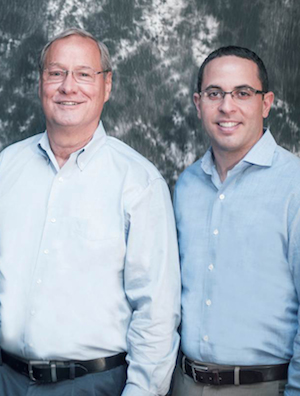 it has evolved over the years.
it has evolved over the years.
Building a Family Business
In a city booming with construction during the 19th century, Mathias kept busy building tools, quickly making a name for himself. “There were many electrical advances during this period, with methods primarily using wire and cable, and it turned out to be the right profession at the right time,” says Mat, current chairman at Klein Tools. Klein Tools, as one may have guessed by the moniker, is still family-owned and operated. Mark, president of the company, feels that passing it down generation-to-generation allows the business to focus on more long-term strategies and goals. The Kleins can continue to concentrate on growing the business without concerns from third parties. “The legacy is really important to us, and our family really enjoys coming into work everyday,” says Mark.
A Heritage in U.S. Manufacturing
Being family-owned isn’t the only thing that’s remained consistent over the years. Since the beginning, Klein Tools has kept its roots in America, opening multiple facilities across the country. “We like to be involved in the process and it’s our first choice to manufacture here,” explains Mat. By staying in the U.S., the company has stricter control over the development process, which, in turn, provides professionals with quality tools that have long-term durability. With specifications and standards in place, Klein provides tools that tradesmen have come to count on for years. “For a professional, if their tools break on the job, they are losing money,” says Mark. “Our superior design results in strong tools that stand up to the rigorous testing that trade professionals need.”
Evolution of Tools
The company invests a lot of time working with professionals to learn what they do and don’t like about their products. “We’re at job sites, union halls, trade centers—even focus groups, asking questions and looking for ways to make their jobs easier,” notes Mark. This feedback has helped shape the more than 4,000 products Klein Tools has available. With changes in applications, innovative engineering and more durable materials, the company is constantly looking at new ways to make their tools better. Slide across the images below to see how a Klein tool has evolved over time. Mat and Mark also share some of the enhancements made along the way.
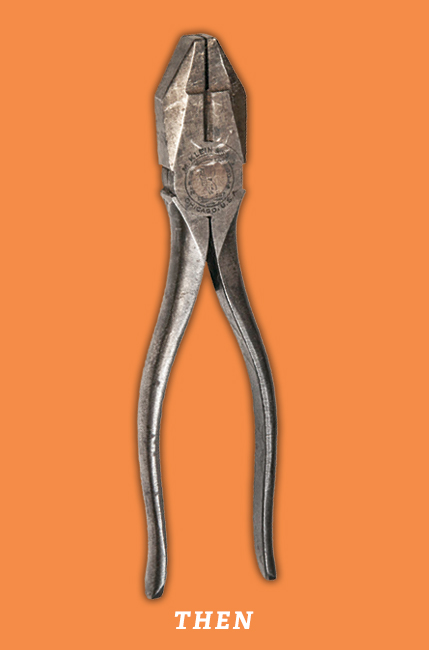
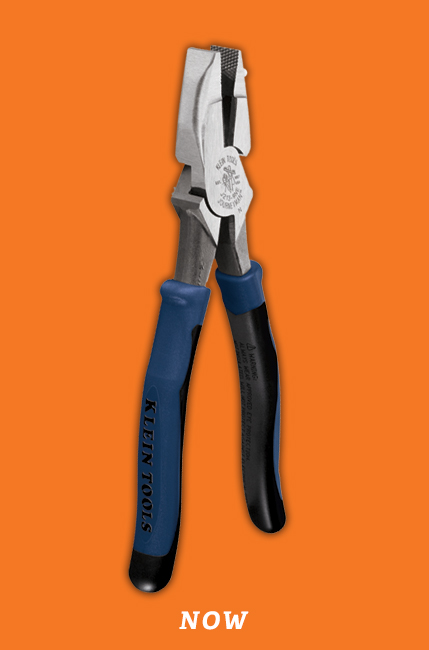
Side-Cutting Pliers
Pliers have been around since the company was founded in 1857. In fact, the first tool Mathias Klein made was a linesman’s pliers. How has the tool evolved? The rivet is closer to the cutting edge, providing greater cutting and gripping power, a unique handle tempering helps absorb the “snap” when cutting wire and soft material has been added on the outer surface for better comfort and a firmer grip.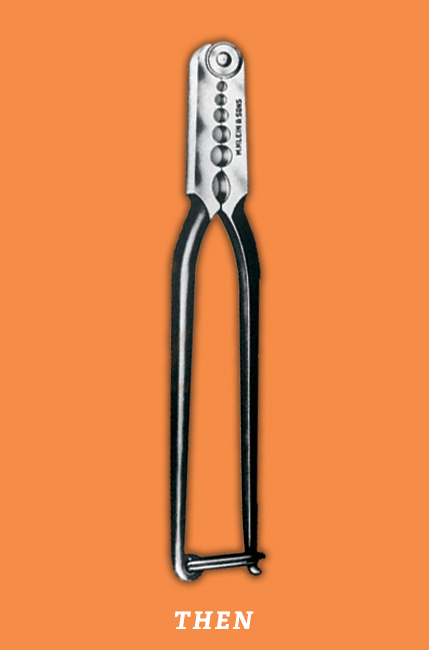

Splicing/Crimping Tools
The changes in these tools over time have varied depending on the type of wires that are being used. These tools have a hot-riveted joint to ensure smooth action and no handle wobble. A tapered nose design allows for working in confined spaces, and a contoured thumb area gives additional comfort.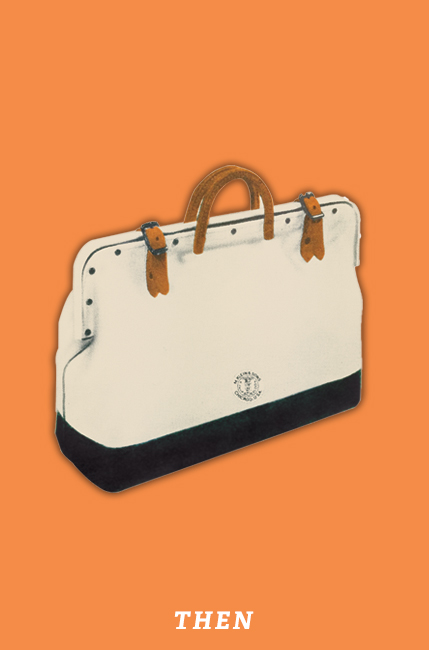
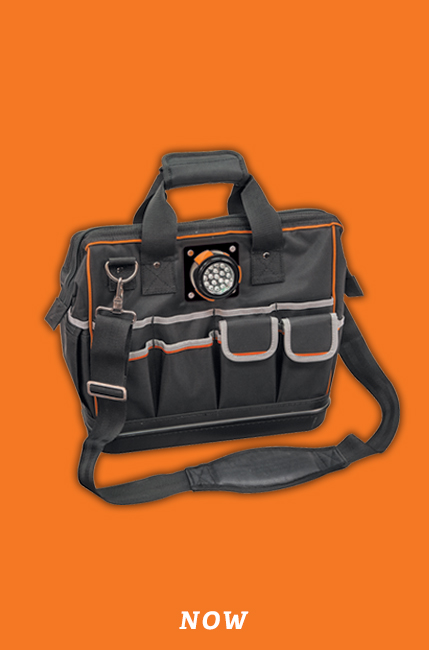
Tool Bags
The bags have evolved from a plain tool carrier with straps to a more durable, organized, ergonomic bag with better interior visibility to make accessing tools faster and easier. Now, a twist on/off removable LED light can be positioned to illuminate inside the bag or the workspace. There are 31 pockets for maximum tool organization, and a shoulder strap provides extra padding and more carrying options.



